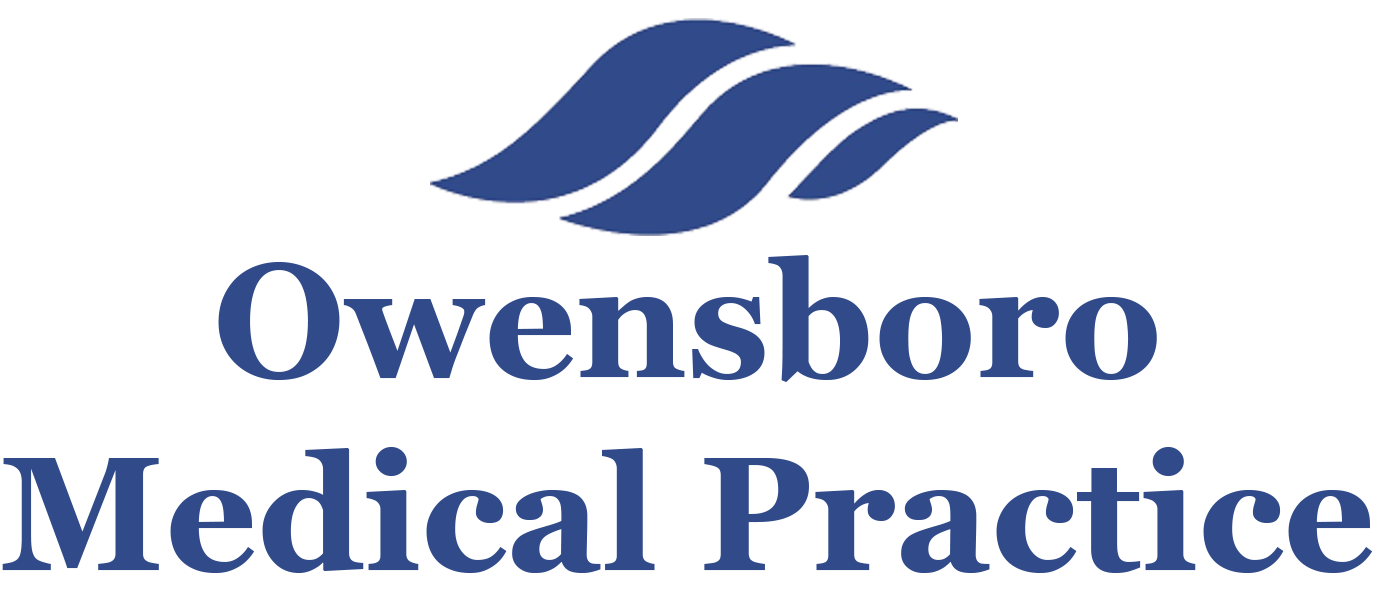CT scan with and without contrast
A Computed Tomography (CT or CAT) scan is a diagnostic technique which uses computer-processed images to create a cross-sectional image to capture bone, soft tissues, and blood vessels all at once. The patient will lie on an examination tables that slides into the scanner; the x-ray tube will then rotate around the patient to take several image slices from different angles which can be put together and processed on the computer to create a 3-dimensional image. CT scan may be done with and without contrast. Contrast is a substance or medicine that helps to capture clearer image. Before the scan, the patient may be given contrast either through a vein or by drinking it. This is so that desired body parts will be enhanced in the cross-sectional image. If you have allergic reaction to contrast agent, you may be given medication to reduce the allergic reaction. Because a CT scan is non-invasive, it is a quick and painless procedure. The doctor might ask for a CT scan if they suspect a problem that cannot be detected through a normal physical examination. As CT scans provide detailed images of all types of tissue (especially hard tissue), doctors might use it to diagnose heart disease, cancer, internal damage (due to trauma), and musculoskeletal disorders. Its versatility and convenience makes CT imaging a reliable diagnostic tool.
